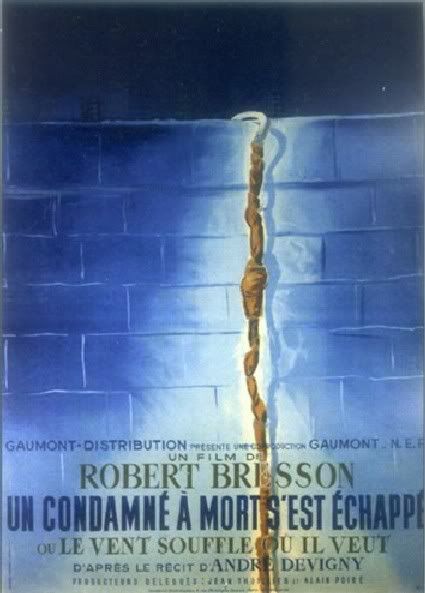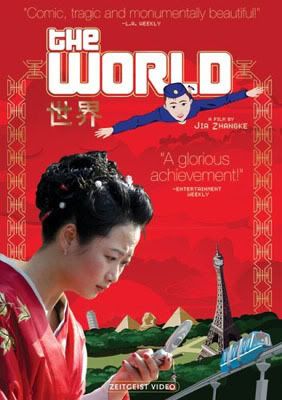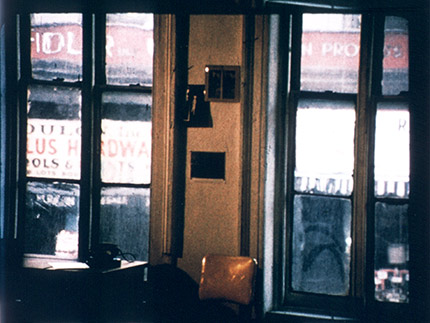
Spoilers
I saw this on a recommendation from a friend that I went to high school with. There is a lot to like about the film, it is a near perfect thriller. The only flaws I found were in a couple of slight plot contrivances, such as the guards not noticing that Fontaine, the protagonist, kept his dinner spoon, or that when he needed a second spoon, he miraculously just found one on a window ledge outside. Also, that he was fortunate enough to have the three men pacing outside who helped him so much in the beginning, and that there were frequent trains to drown out the sounds of his footsteps as he was escaping. But all of these little nitpicks stand out to me because everything else about the film is so well done.
I liked the idea of sacrifice in the film, that someone else must fail in order for someone else to succeed. Fontaine’s neighbor, Orsini, across the hall, who was at one point to be an accomplice in Fontaine’s escape, made an escape attempt on his own instead. In failing to escape and reporting to Fontaine about what went wrong, Orsini helped Fontaine to tweak his plan in order to make it successful. As Orsini’s escape attempt led to his prompt execution, Fontaine’s escape, and life after prison, is indebted to Orsini, whose initially selfish act revealed itself to be quite selfless.
There also seemed to be a lot of divine intervention. Sometimes it came across as contrived, but other times, such as the introduction of Fontaine’s cellmate Jost, it is presented as a gift not from the script, but from some sort of greater plan. Fontaine must decide whether to bring Jost with him on his escape, or to kill him and escape on his own as he had always intended. As is revealed in the final sequence of the film, Jost was not only able to escape with Fontaine, but was essential for either to do so successfully.
The title of the film adds an interesting tension to the film in a way I haven’t seen before. In proclaiming that A Man Escaped, the audience is constantly aware that the film will document a man escaping from the prison. For most of the former half of the film, it is pretty clear that Fontaine will be that man, but certain characters, such as Orsini and Jost, make who that “man” is something pretty suspenseful. When Orsini takes off on his escape, I actually found myself wanting him not to succeed, for if he was successful, it could mean that he is the “man” that escaped, and that Fontaine’s attempt is in vain. Similarly, when Jost is introduced and finally revealed to be an accomplice to the escape, there is the thought that only one of these men may escape, and it could be Jost.
All in all, a very good, very tight film that I would recommend to most people.
 The experience of watching this film was actually somewhat painful. The film follows three naive women who are some of the more annoying female protagonists of any film that I have seen. They are giggly, bitchy, superficial, and completely delusional. But, the film has a pretty stellar finale that mostly makes up for almost the entire film that preceded it.
The experience of watching this film was actually somewhat painful. The film follows three naive women who are some of the more annoying female protagonists of any film that I have seen. They are giggly, bitchy, superficial, and completely delusional. But, the film has a pretty stellar finale that mostly makes up for almost the entire film that preceded it.







